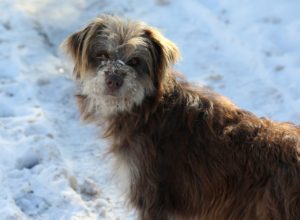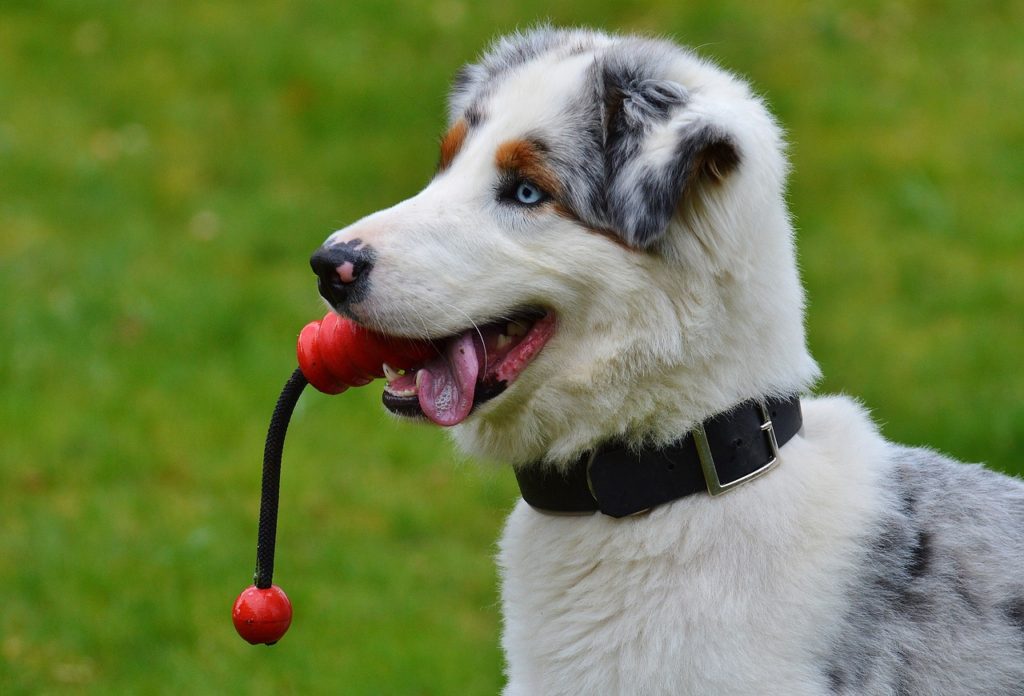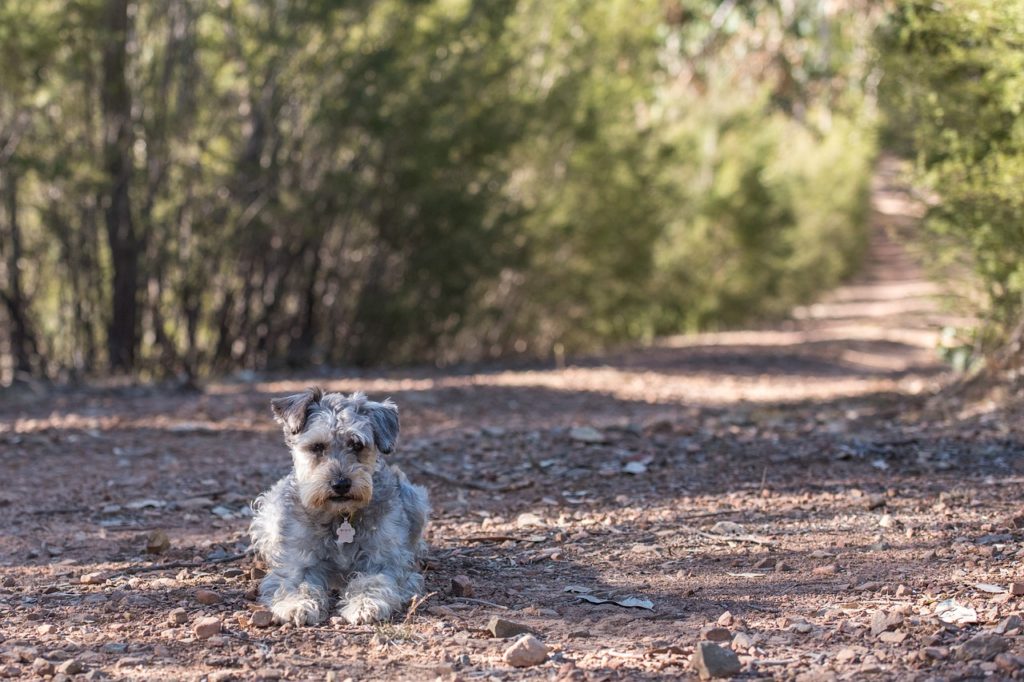
Walking your dog is an important way to keep it healthy and can prevent illness and obesity in both you and the animal. Walking your dog in the spring and summer is easy and fun. Walking your dog in the winter can be a chore for you both. But it’s important to exercise your dog all year round. Dogs can start to act out in the home if they don’t receive regular, routined exercise. So if you’re having trouble getting motivated to walk your dog in the winter, here are a few tips to keep you both on track:
Dress properly for the snow before you go out to walk the dog. Humans should dress in layers, with gloves that can grip the leash. Dogs without a good coat of fur should have jackets on as well. Some dogs will benefit from dog walking boots, to handle the snowy terrain and help keep the dog warm. Buy the boots and practice walking the dog indoors before you try it outside. It will be awkward for the animal at first, but most adapt quickly.
Some dogs will love the snow. My parent’s dog Scooter used to roll around in the snow if it was deep enough to play in. Siberian Huskies and certain breeds will do better in the snow than others. If you’re walking a dog that isn’t a fan of the snow stick to areas that have sidewalks. Walking on the grass in a park
The best time to walk the dog is when it’s light out, especially in the winter. That can be hard as most of us work and by the time we’re home it’s pitch black, but opt to walk the dog in the morning before you leave for work. The sun will help keep the dog (and you) warmer and it will be easy for others to navigate around you.
Don’t feel like you have to walk miles when the weather doesn’t cooperate. Instead, keep the walks simple in the winter. A walk for a block around the house is enough on especially cold days. Take advantage of the warmer days and walk longer during those periods. If your dog is cold it will lick its paws, shiver or start to whine. Take the cues and get home fast rather than push the animal.
Developing an exercise routine for your dog, even in the winter, is important. Dogs that bark, chew on furniture and act out typically do so as a result of lack of exercise. By implementing these few tips you’ll both stay warmer, and enjoy the time together, even when the weather isn’t great!
For more pet tips like us on Facebook!


